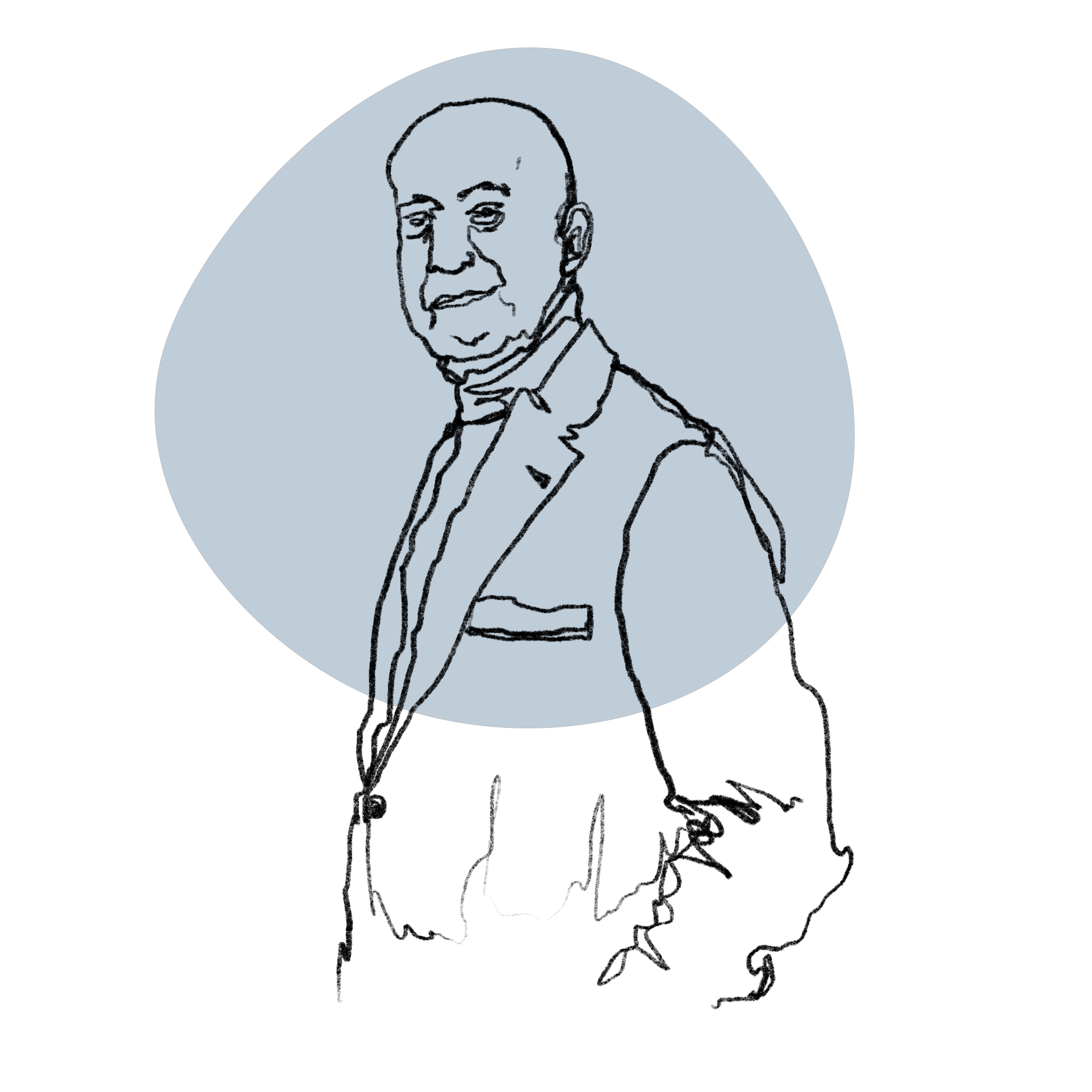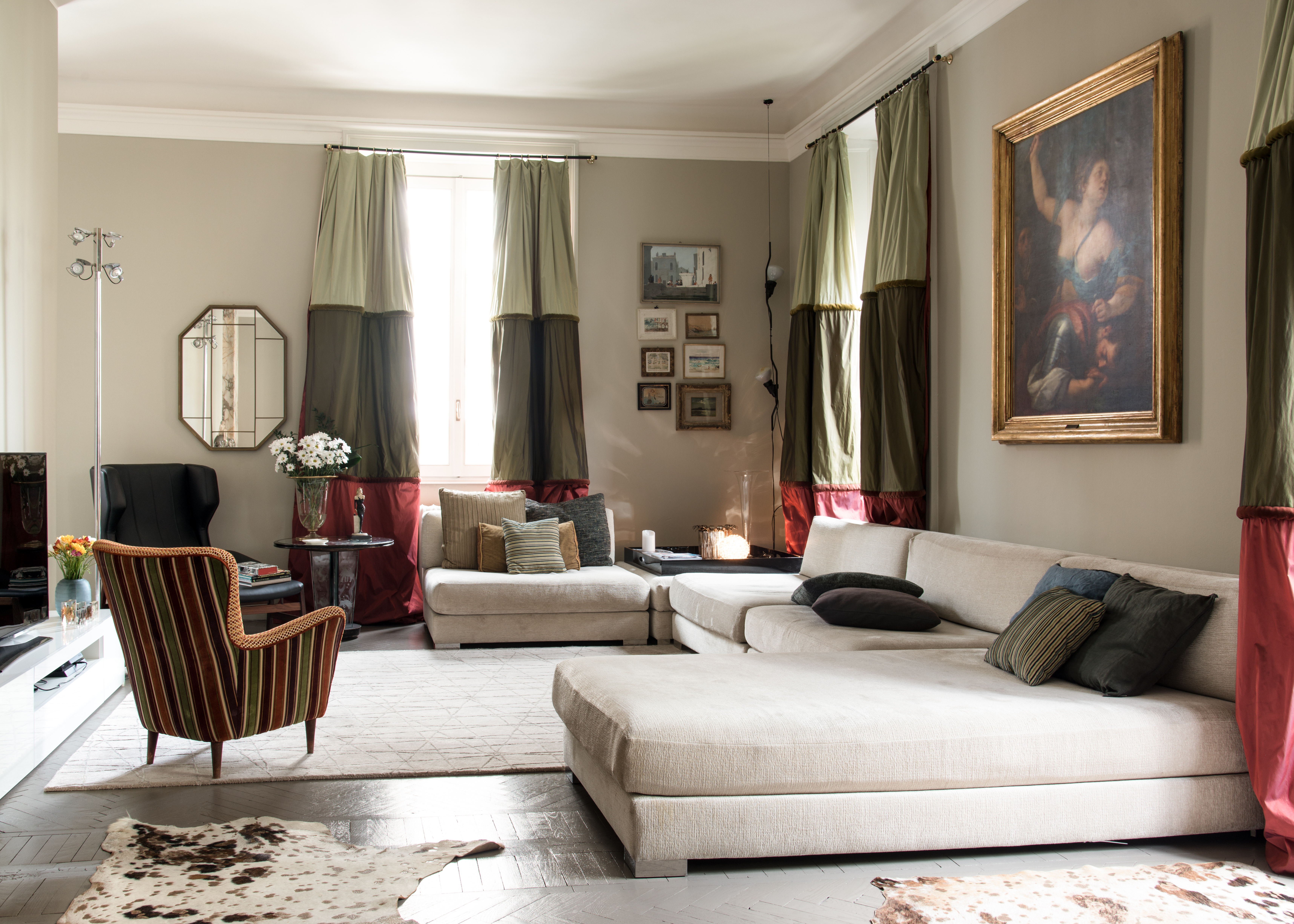Did you know that without glass, the moon landing would never have been possible? And that Corning Inc, the American company that designed the Apollo 11 insulating glass windows, is the same company that created the Pyrex brand in 1915, the manufacturer of borosilicate glass measuring cups?
Delicate and malleable, glass plays a primary role in design, and not only in the field of furniture and lighting. This fascinating material has always found application in the industrial, scientific and technical universes. Without glass there would be no TV, microscopes, or smartphones. And this brings us back to Corning Inc because the company, founded in 1851 by Amory Houghton in the homonymous city of Corning (state of New York), started off as a manufacturer of glass destined to domestic use; but today, alongside being the world's optical fiber largest producer, it is known primarily for its Gorilla Glass, commonly used in iPhone smartphones.
We focus on Corning because this location harmoniously fuses craftsmanship, science, popular culture, and ... museology: not everyone knows that the city is the home of the Corning Museum of Glass which, with a collection that covers 35 centuries of history, is the largest space in the world entirely dedicated to glass. There are over 200,000 objects kept inside the building: from ancient artifacts to the giant lens of the Hale telescope, all under one roof. On top of it, Corning Inc financed, in 2015, the annexation of a new exhibition space of the museum, a giant, charming and ethereal structure designed by New York architect Thomas Phifer, dedicated to exhibitions focused on the use of glass in contemporary art and design.
Exploring the museum website, we were naturally caught by the Modern Glass section, which collects the works made by eminent international glass masters, from the end of the 19th century to 1975. Among the precious artifacts of this vast collection, Italian craftmanship and design do their part through the creations designed by some of its illustrious names, from Gio Ponti to Piero Fornasetti, from Carlo Scarpa to Carlo Nason.






.png)






